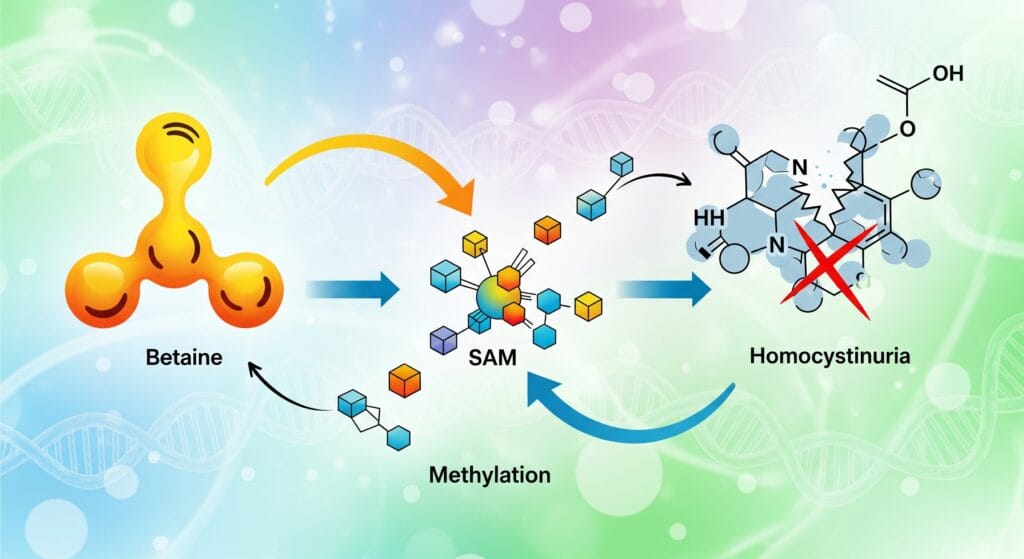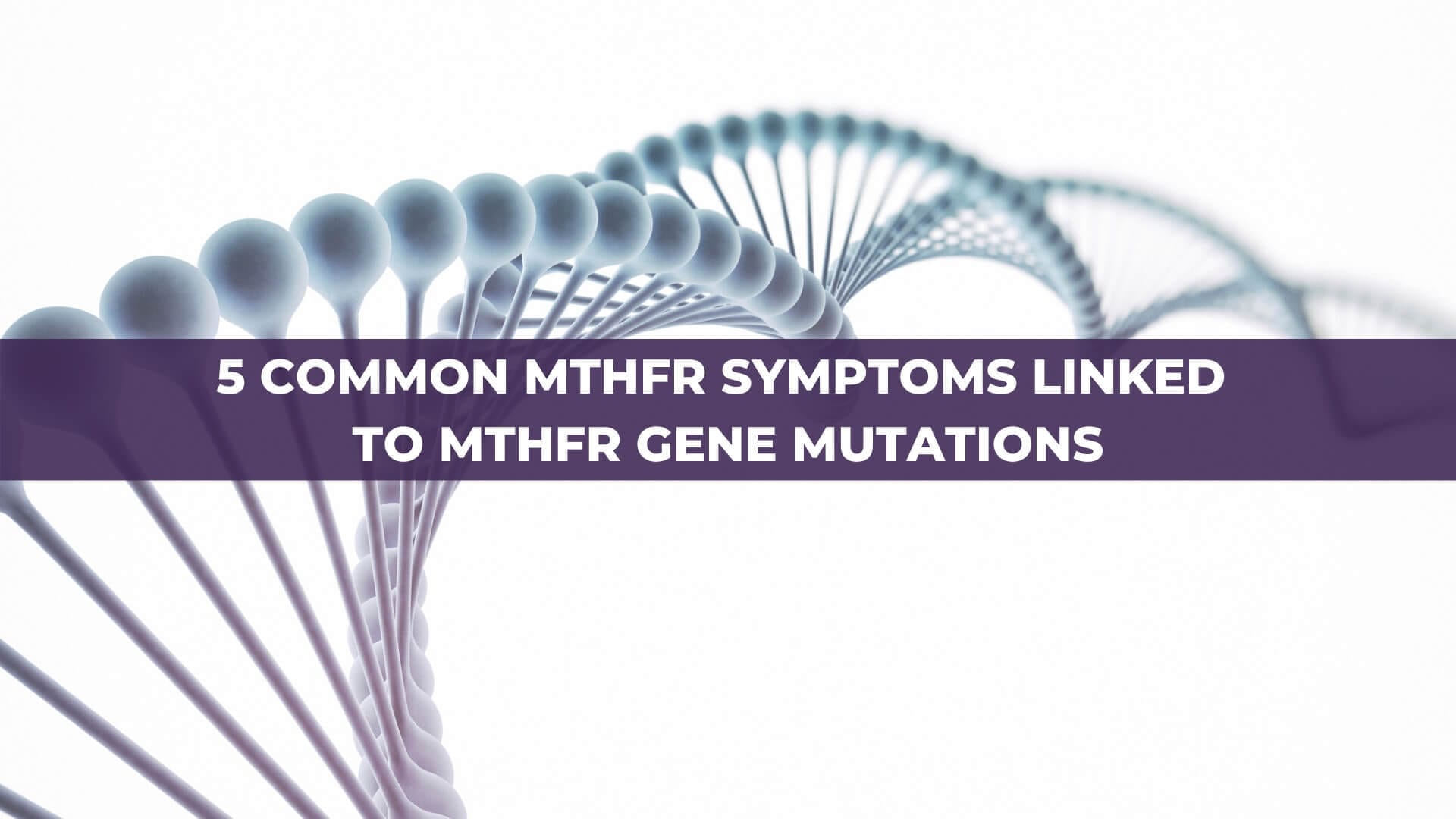If you think methylation is just about MTHFR and folate, think again. There’s a rare disease that forces us to reckon with the very fundamentals of sulfur metabolism—and it teaches us more than you’d expect about the broader landscape of chronic disease, longevity, and metabolic resilience.
Let’s talk about homocystinuria.
It’s rare—so rare that most clinicians will never see it. But if you care about methylation, neurodegeneration, cardiovascular risk, or even skeletal health, it’s a masterclass in what happens when this system breaks.
And there’s one compound—betaine—that deserves a closer look, not just as a treatment for this genetic disorder, but as a window into how we might support methylation and metabolic flexibility more broadly.
Let’s unpack the story.
A Quick Primer on Homocystinuria (and Why You Should Care)
Homocystinuria is a genetically inherited disorder of sulfur amino acid metabolism. The most common cause? A deficiency in cystathionine-β-synthase (CBS), a critical enzyme that diverts homocysteine down the transsulfuration pathway toward cysteine.








